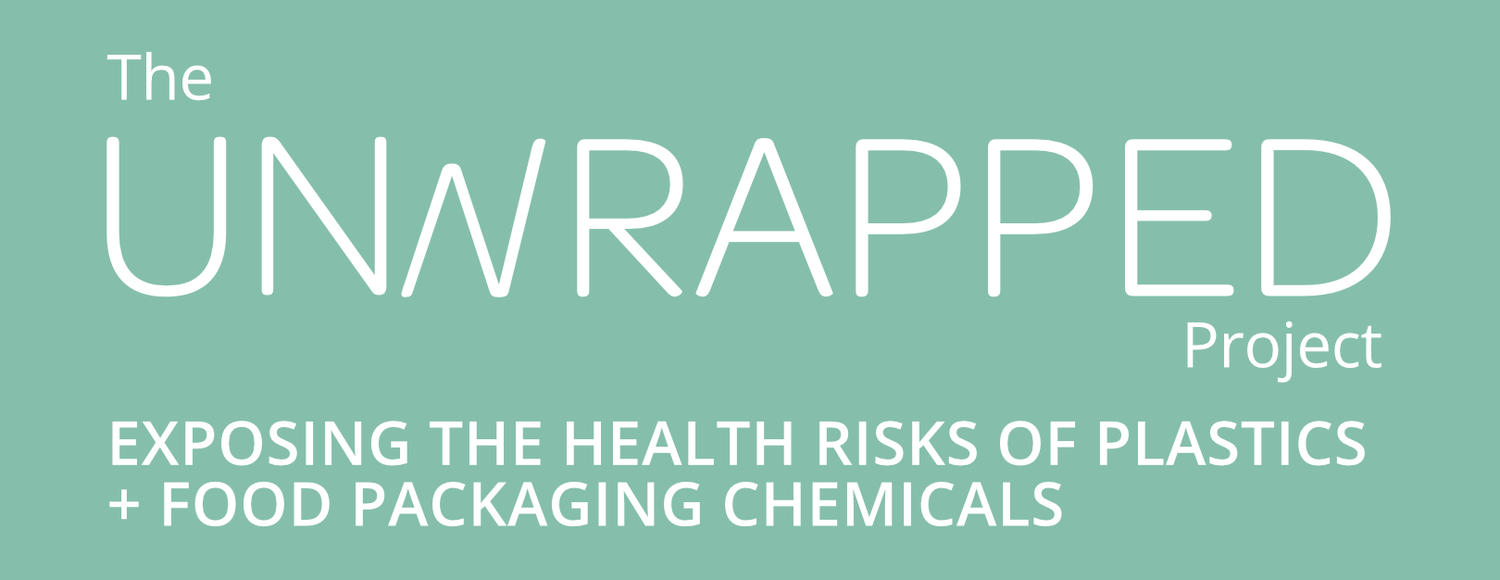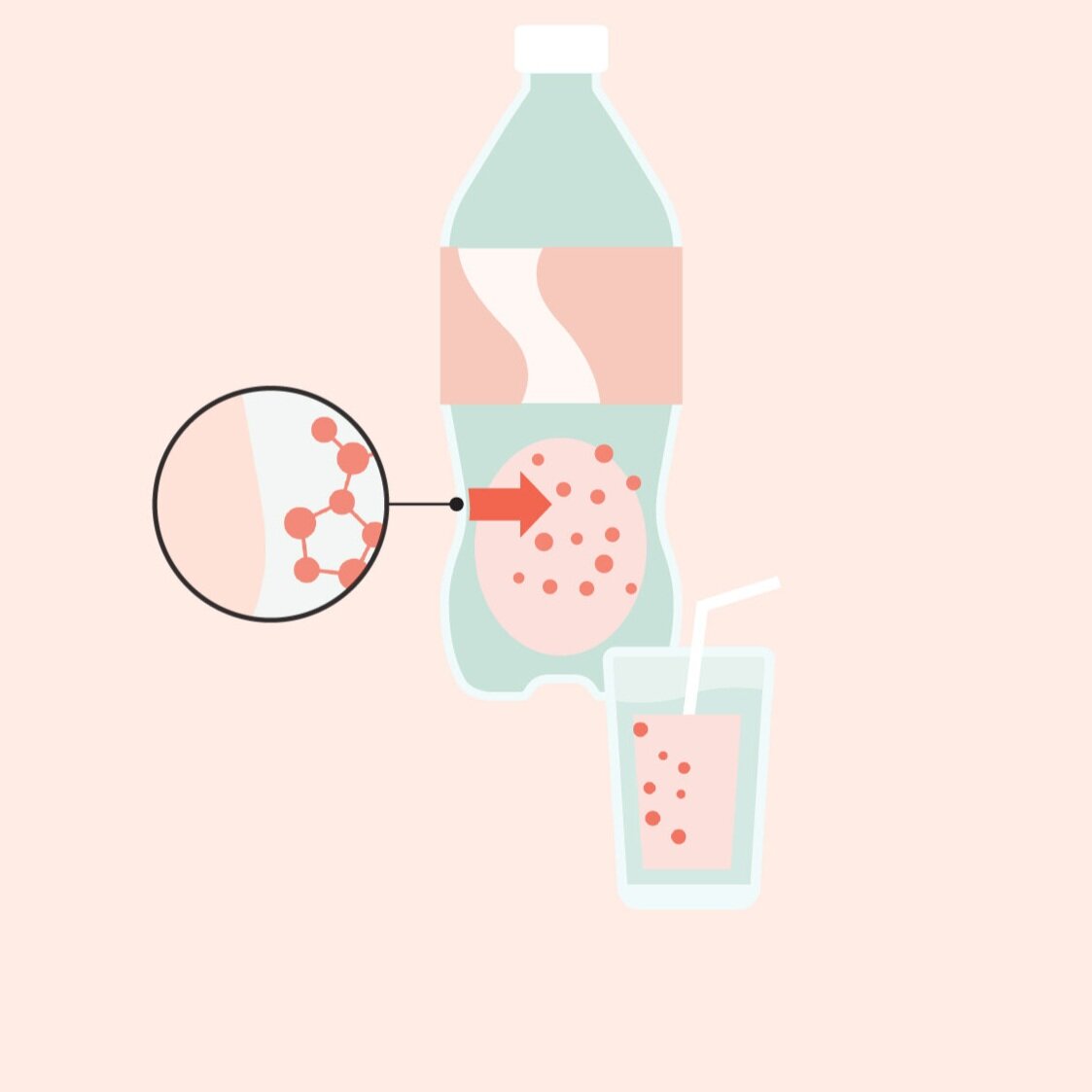
Hazardous chemicals in food packaging
A threat to human health.
Food packaging contains many chemicals
12,000 chemicals are used in the manufacture of food contact materials (FCMs) globally. FCMs are materials and products that come into contact with our food, such as storage containers, factory equipment, kitchen utensils, and food packaging.
Many of these chemicals are used as additives in plastic packaging to provide flexibility, colouring, fillers, and durability against heat or sunlight. Many chemicals are also used in the manufacture of paper, fibers, and mixed materials food packaging, as well as for inks and dyes.
Many of these chemicals are hazardous to human health.
Over 4,000 chemicals can be present in plastic packaging. Among those chemicals, 906 have been identified as likely to be present in plastic packaging, and of those, 68 chemicals are particularly hazardous for the environment while 63 are particularly hazardous for human health.
These chemicals can negatively affect the nervous, endocrine, and immune systems. Many chemicals authorized for use in food contact applications — including food packaging — cause cancer and other illnesses or interfere with reproduction and development. Many more food contact chemicals may be hazardous but they have not yet been adequately tested for toxicity.
Food packaging chemicals readily migrate
into the food we eat and beverages we drink
Chemicals can leach from packaging to our food and beverages. Materials such as glass, stainless steel, and ceramic are known to be more inert (stable) and less likely to allow chemical migration to contents. Plastic, paper, and cardboard are, on the contrary, non- inert materials, so chemicals can more easily migrate directly from the material to the food.
Plastic, paper and cardboard packaging is largely single-use, and accounts for more than 70% of food packaging sales globally (compared to glass which represents about 10% of the market share). The way food is currently packaged and distributed is harmful to human health and the environment.
Current regulations do not protect
our health
Consumers generally trust that government regulations keep them safe. However, food packaging regulations fail to protect our health, notably due to lack of information, transparency and traceability. Waste managers and recyclers themselves often do not have relevant information about the safety of recycled materials that are then used for food packaging.
Under the U.S. regulatory program, only 25% of FCMs have been assessed for safety. Industry conducts health risks assessments without government oversight, and without adequate data on human toxicity or exposure levels. The regulations do not properly consider effects of low dose exposures on human health, notably of children and vulnerable populations.
In the European Union, only a fraction of FCMs are assessed and the legislation on FCMs is largely outdated and insufficient to adequately protect human health. Yet, upcoming revisions of the legislation provide an opportunity to change that.
Solutions: Towards safe and Reusable Packaging
Generally speaking, inert materials (glass, ceramic, stainless steel) are normally used as reusable food packaging and tableware, while non-inert materials (plastic, paper and cardboard) tend to be used mainly for single-use, and often in complex multi-layered structures.
Regulators must take action to ensure that all food packaging is safe, notably by setting strong risk assessment for all food contact materials, requiring traceability and transparency, as well as phasing out hazardous chemicals.
Until stronger regulations to ensure safety are adopted, the safest choice, if available, is reusable food packaging made from an inert material (or avoid packaging all together if that’s an option). Reducing and reusing packaging is also better for our environment!
Alternatives to single-use packaging are blossoming across the world, accelerating the transition towards reusable and safe packaging.





